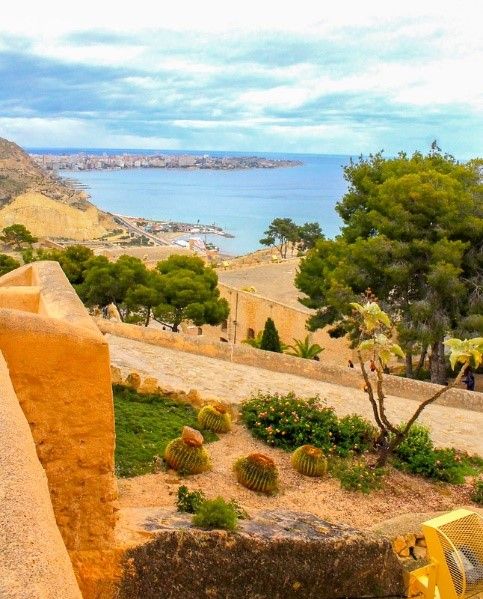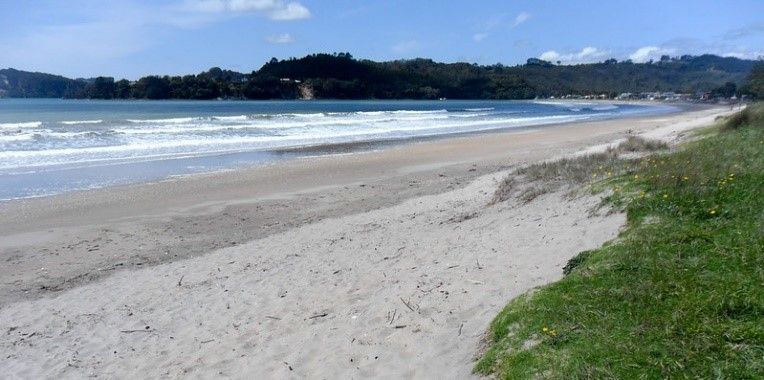Our Roving Retirement Formula
By Susan Barnes
By Susan Barnes
We are frequently asked, "This international roving retirement thing
that you two are doing... Just how does it work?" It's a loaded
question, and one for which we have yet to settle on a singular
response. After living a roving retirement for a few years now, one
would think we have the formula set. Truth be told, our formula keeps
evolving.
When we were planning
our retirement, my husband Don and I envisioned selecting an
international locale and renting a furnished apartment there for six to
12 months, before repeating the process in our next chosen country. The
timeframe per location would be dictated by the visa time limits for
which we qualified. Renting for a period of several months would reflect
favorably on our budget, as we could negotiate a lower rate for a
longer stay. We would use our apartment as our home base from which to
both take a deep dive into the local culture and explore the broader
country, our two primary travel goals.
And so our adventure
began. It was fall, 2016. We settled into a modern, two-bedroom
apartment in Quito, Ecuador, giving us time to delve into this capital
city's rich history and colorful Andean culture. On our first foray, we
splurged a bit on the apartment, paying $950 per month—two-bedroom
apartments here start at $700 per month.
The modest size of
Ecuador and its well-developed, affordable public transportation system
made multi-day trips to the beach, the jungle, and even the Galapagos
Islands, feasible and affordable. We went, we saw, we experienced. We
were sure we had the roving retirement formula sorted.
Then we arrived in
Spain. Almost immediately, we realized that our formula would need some
tweaking. A much larger country with deep regional influences from
ancient Romans, Moors and Greeks, we would need to move around if we
wanted to experience all that this diverse country had to offer. Armed
with a tourist visa that allowed us to stay for up to one year, we
decided to split our time equally among four distinct regions, giving us
reach into Spain's vast geographic and historical wonders, plus
first-hand experience with its cultural diversity.
In three locales, we
would rent furnished apartments in cities central to our chosen regions:
Alicante on Spain's alluring Costa Blanca, Malaga on the stunning Costa
del Sol, and San Sebastian in the Basque country.
 Susan and Don experienced local life in Alicante, Spain. |
By choosing the
shoulder season in each location, we would negotiate rents that kept us
on track financially—we paid between $700 and $1,000 per month. In the
fourth region, Andalusia, we would test a new living arrangement:
housesitting. And so for a second time, we went, we saw, we experienced.
One year later we celebrated the success of our revised formula. It had
worked splendidly. We had memories to last a lifetime.
Buoyed by this
success, we were eager to repeat it on our next adventure in New
Zealand. However, while researching our trip, we discovered that the
iconic way to see New Zealand is by campervan.
Campervan? This would
be a total deviation from our formula, but we were anxious to give it a
try. Just one thing, we were not certain that we wanted to spend the
full six months, the length of our visa, on the road in a camper. So
once again, we adapted the formula—find housesits, each for about one
month, in three different regions across New Zealand's two islands.
Then, rent campervans to slow travel from one housesit to the next,
checking out all that the country has to offer along the way.
We're now in the
midst of our New Zealand tour and it has been amazing. We have
experienced two awesome housesits and are on our second campervan
experience. Campervanning gives us flexibility to set our own pace, stay
longer in places that catch our interest, and keep the budget in check.
It allows us to go beyond popular tourist locations, experiencing
less-traveled destinations and even remote locations.
 New Zealand is the latest stop on the couple's roving adventure. |
Pricewise, it's
comparable to renting an apartment, albeit one on wheels. Housesitting
gives us the chance to really explore a locale, while providing downtime
in which to plan our next camping adventure. We're seeing, we're doing,
we're experiencing. We couldn't be happier with our current formula.
Where we go next is
yet to be determined. One thing is certain, wherever it be, our present
formula will need some adapting. Which takes us back to the question of
how a roving retirement works. When asked, we have stopped trying to
give a singular answer. Instead, we now offer up a few guiding
principles: set travel goals, be open to new living arrangements,
tune-in to local travel methods, and adapt plans to fit the environment
at hand. It's all about being open-minded and flexible. Leveraging
these, our roving retirement has been more than we ever dreamed
possible.
No comments:
Post a Comment